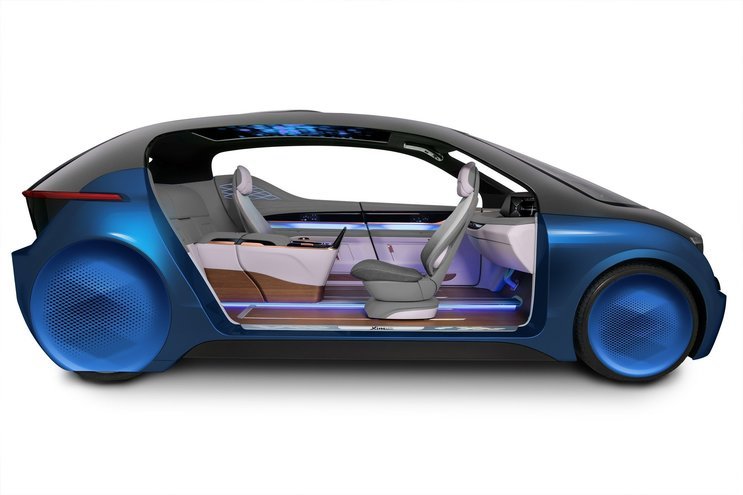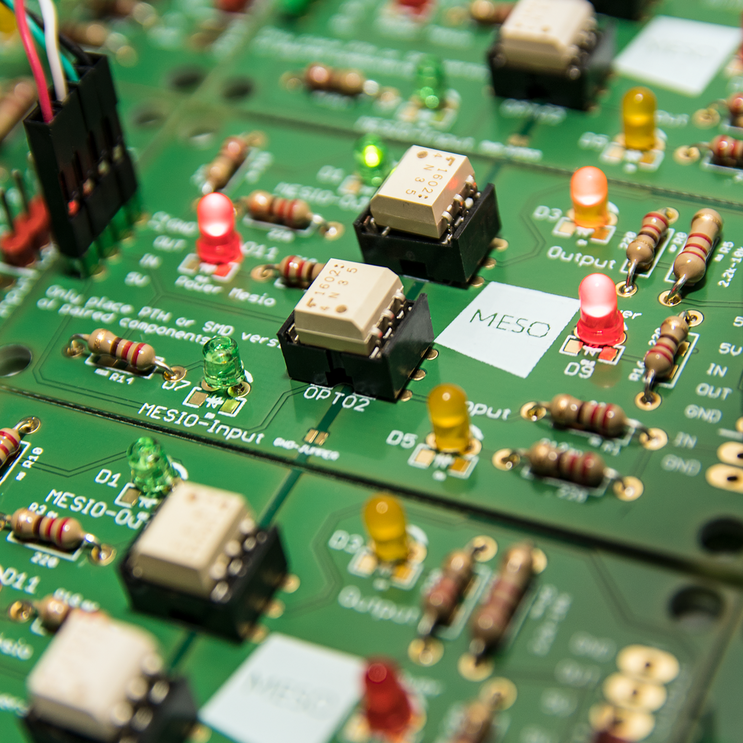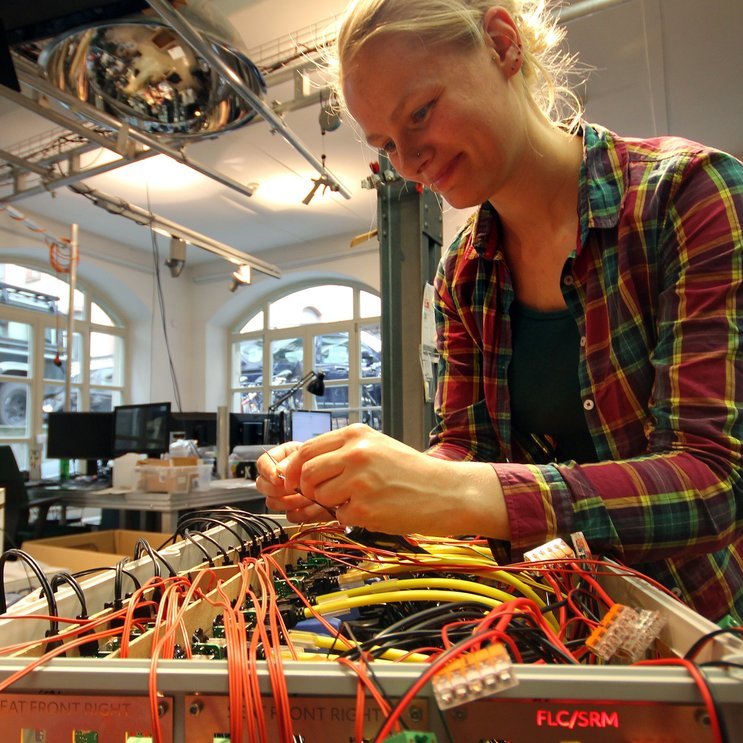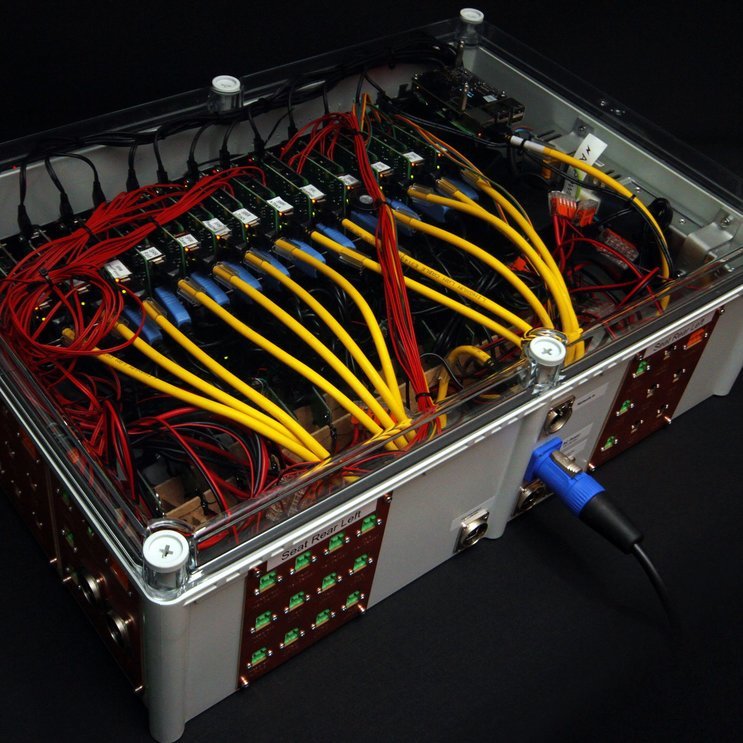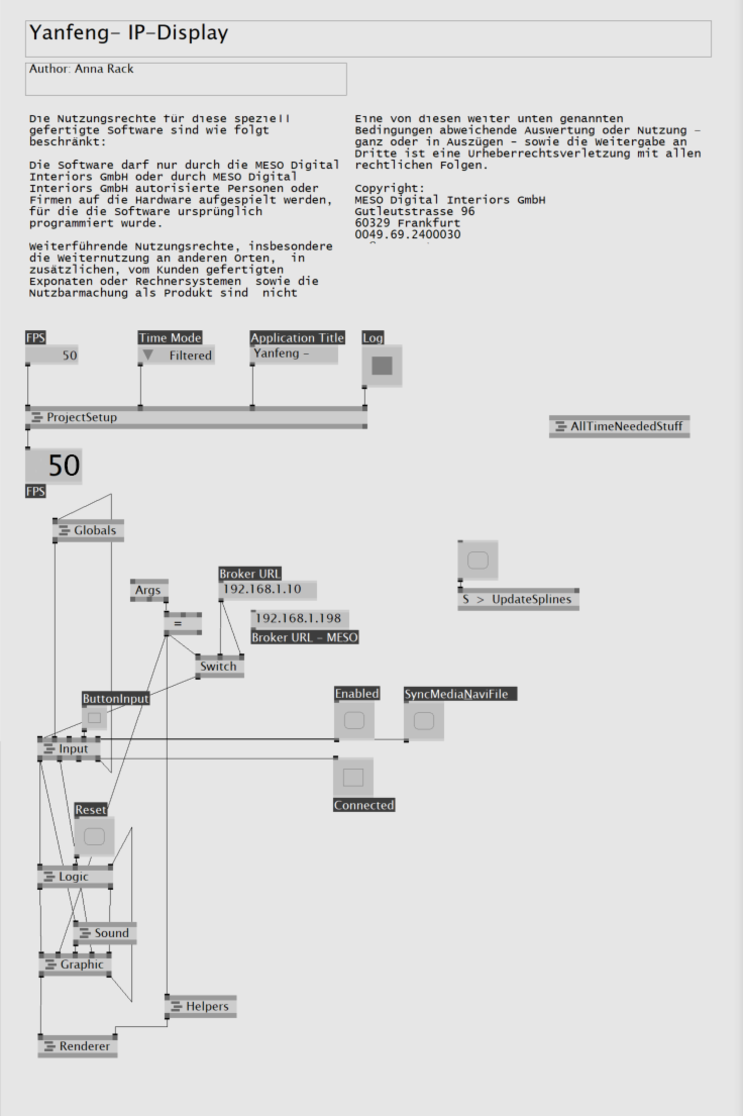Kinetic media elements for interior showcase
The “XiM17” showcase by Yanfeng Automotive Interiors helps answer the question, “What will people do in their cars once they don’t need to steer them anymore?” It presents several modes for varying situations and passenger counts. Our distributed motion and media control system provides unprecedented flexibility for the design of these scenes.
Yanfeng & their project cause
A steady partnership with MESO
As a world leader in automotive interiors, Yanfeng was determined that the “XiM17” showcase a multitude of innovative concepts, from simple and practical solutions like stowable tables to a complex choreography of motors for the seating systems, all complemented with a multitude of display systems in innovative form factors.
After we had already helped with the earlier “ID-16”, Yanfeng turned to us again with a nearly-completed design concept.
We worked as part of a team spanning three continents, with workshops and designers in Shanghai, Holland, and Michigan. The majority of our part was carried out at our home base in Frankfurt before we shipped our work over to the client, where we also helped integrate the systems into the car model.
Impeccable design and build quality
Seats move to and fro in the car and swivel in all directions
Yanfeng are a supplier of interior elements with a track record of impeccable design and build quality. The overall guarantee of quality is emphasized by the fact that even the media systems all play along in this study.

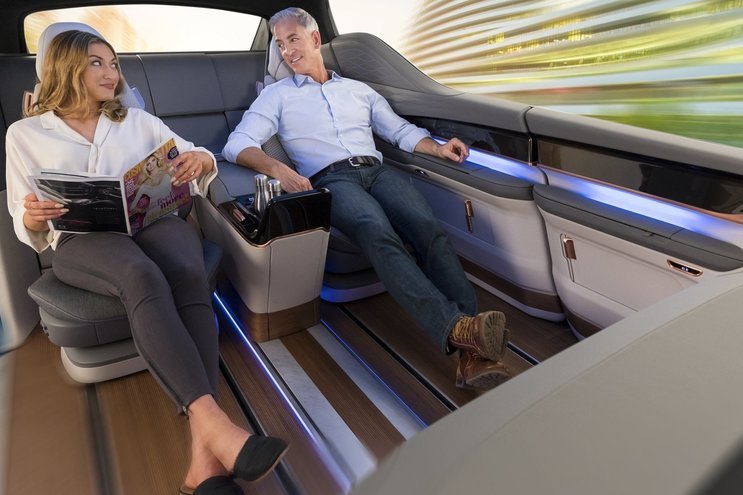
With the focus shifting from the experience of driving towards quality time in an automatic car, the availability of advanced media systems and smart surfaces becomes increasingly important.
The same intelligence that is already being demonstrated in autonomous driving was to be expressed in the electromechanical orchestration of the interior elements, with a futuristic performance that still seems within reach and functions very well.
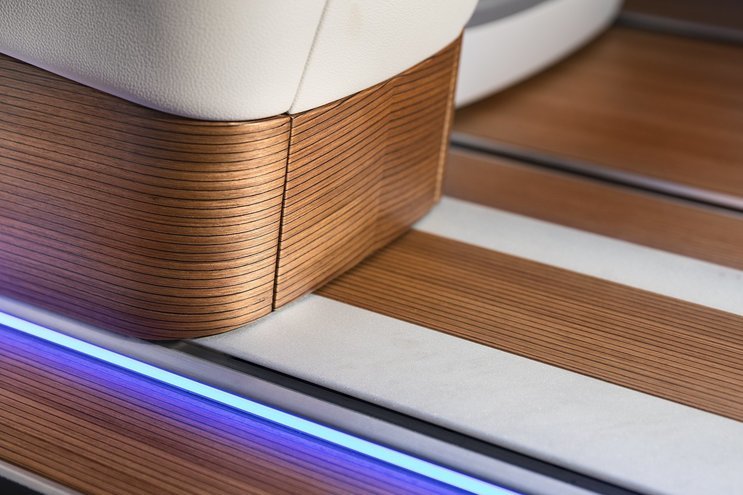
High complexity in tight spaces
15 movable seat dimensions that needed to be choreographed
Altogether there are more than 15 movable dimensions that needed to be choreographed; the transition between the modes is a complex ballet.
In the course of the project our tasks grew: we were initially hired to provide the high-level control features, but our scope expanded down to even the motor drivers.
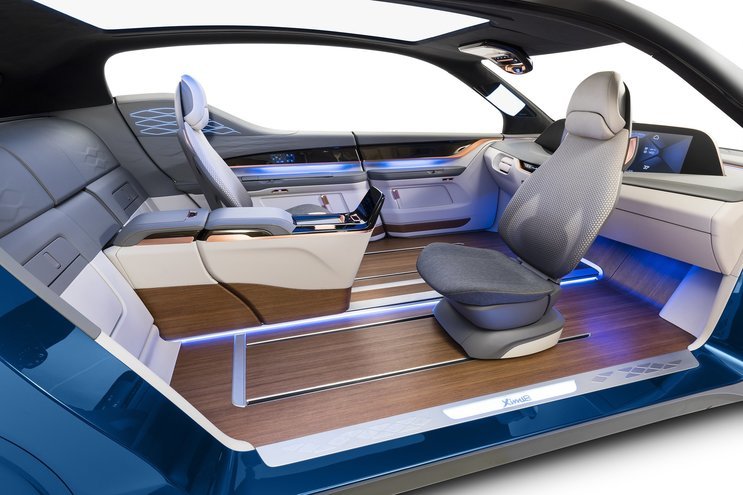
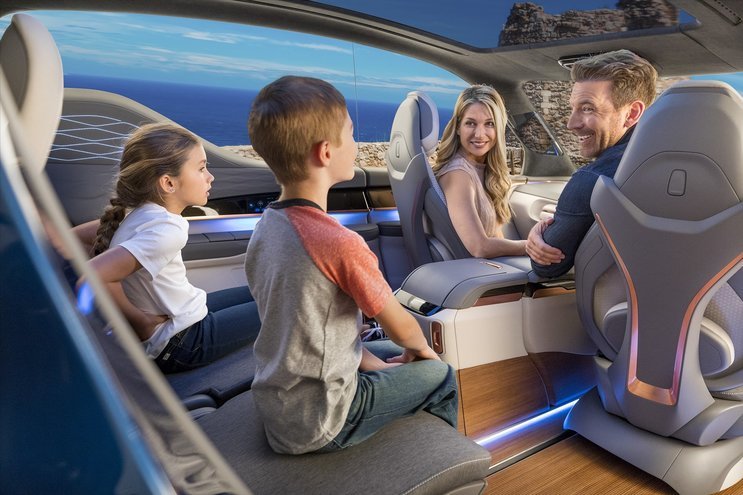
Passengers must be protected in all circumstances, the many moving parts must not interfere with each other, and the computer needs to constantly keep track of where each element is (or even look ahead along the motion path of all involved parts).
Meanwhile, content running on screens must be kept at a consistent, high frame-rate.
Seamless integration of features
Different driving modes allow a variety of scenes
A multitude of ambient animations set the mood for the journey.
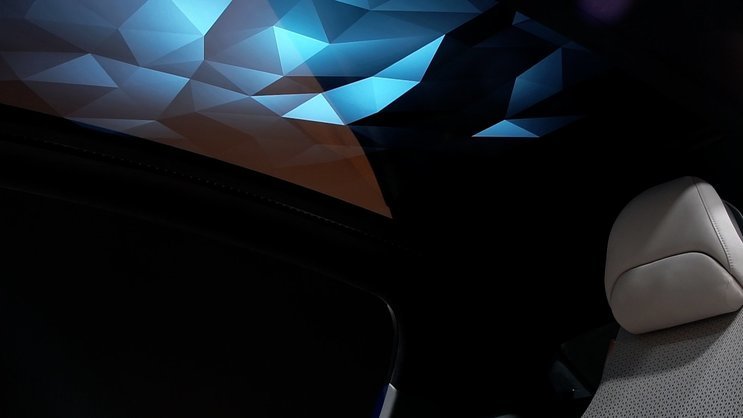

The controller in the center console, a custom-built curved touchscreen spanning over a tablet-quality display, is a design treat in itself.
In addition to the media console, HVAC, and the usual drivers’ gauges, there is also a video chat, and a “cinema mode” as a glimpse of what could be done during transit in the future.
Two models of this demonstrator were built in succession and both went on to tour to numerous trade shows and corporate tech days around the world.
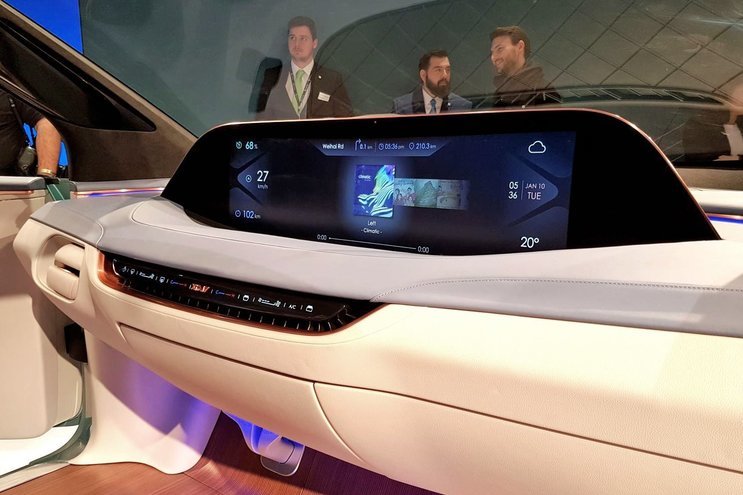
The graphical user interface of the concept car is filled with the majority of and even more than the typical functions that would actually be present in a production car.

The breadth of features and their seamless integration made for a compelling presentation that received a great reception in the target audience of car designers, engineers, and decision-makers.

Making-Of
Behind the Scenes
We developed custom hat boards for the Raspberry Pi that control interactive sensors, lights and industry DC motors via real-time telemetry.
Multiple inexpensive Raspberry Pi boards form the central nervous system of this car.
We used the software vvvv to program the interactive main console in the front of the car.

Curious about our approach? Feel free to get in touch!
Max Wolf Partner +49 69 24 000 322 max.wolf@meso.design max.wolf@meso.design +49 69 24 000 322
MESO Digital Interiors GmbH
Gutleutstr. 96 . 60329 Frankfurt . Germany
Team
Theron Burger, Timon Skerutsch, Anna Rack, Anton Kluev, Nina Dauer

